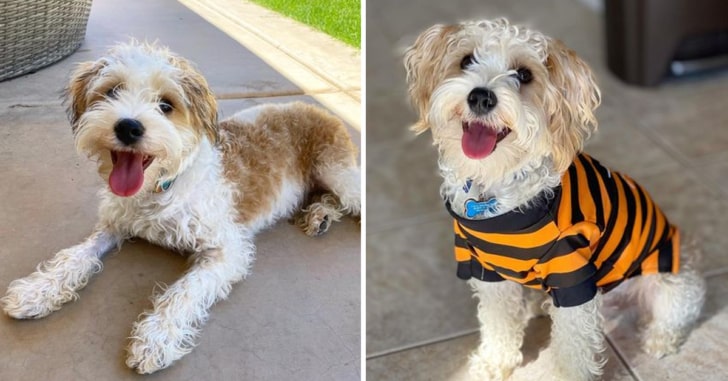Pets
Schnoodle Is The Cutest And Most Loving Dog Ever – Here’s Why
“Every dog has his day”
Not to use it badly.
In fact, we’re here today to discuss a real dog that will make your day.
It is not an ordinary dog breed. Instead, it is one of the most beautiful hybrids ever seen.
Short, cute and everything. So what breed of dog?
Yes, SCHNOODLES.
A dog you would want in your home. So, let’s learn more about this beautiful toy-like dog.
Table of Contents
1. What is a Schnoodle? What’s a Schnauzer-Poodle mix?
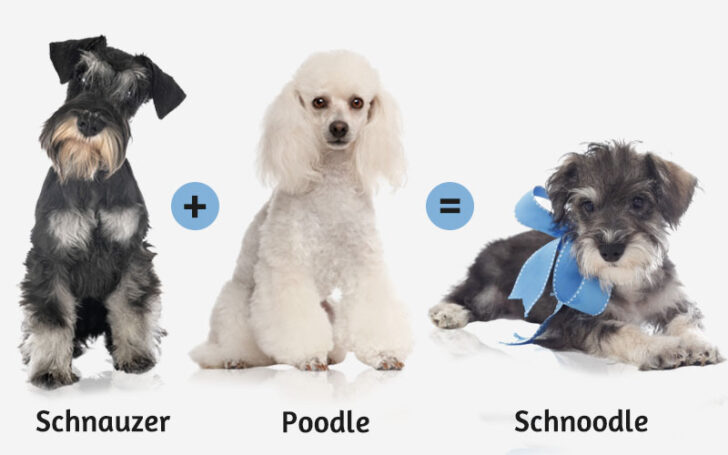
The Scnoodle is a cross between a poodle and a schnauzer, usually a small toy-like parent, with whiskers like a schnauzer and thick fur.
The history of the scnoodle is not very old like the coyote dogs. Instead, it’s not nearly forty years old. In the early 1980s, poodle mixes were gaining popularity with the goal of creating an understated family dog, and not surprisingly today, they are one of the toughest breeds ever.
2. How do Schnoodle look like? Appearance of Schnoodle
A Schnoodle’s coat is similar to that of a schnauzer puppy; that is, the coat is wavy and soft. He doesn’t have wiry curls like an adult schnauzer, nor tight curls like a poodle. Depending on the type of schnoodle, the average height can be taken as 15 inches and weight 30 pounds.
Their lifespan is between 10-15 years. Larger Scnoodles tend to live slightly shorter than short Schnoodles.
i. Muzzle
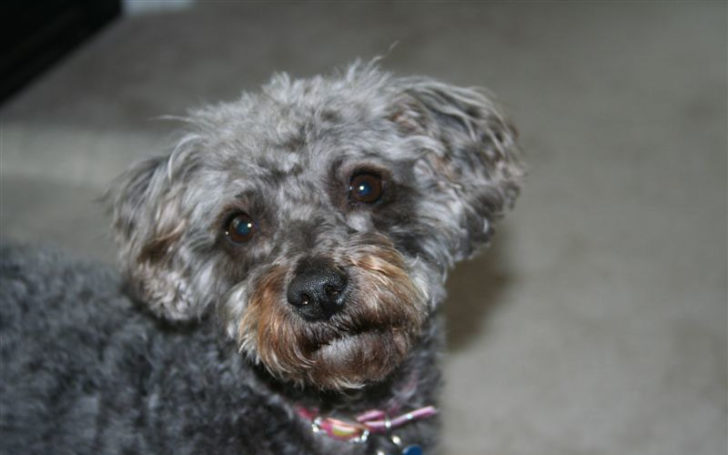
The muzzle is covered with hair that looks like a beard, much like the parent schnauzer has, and its eyes are often covered with hair. The ears are similar to poodles but not too big.
ii. Coat
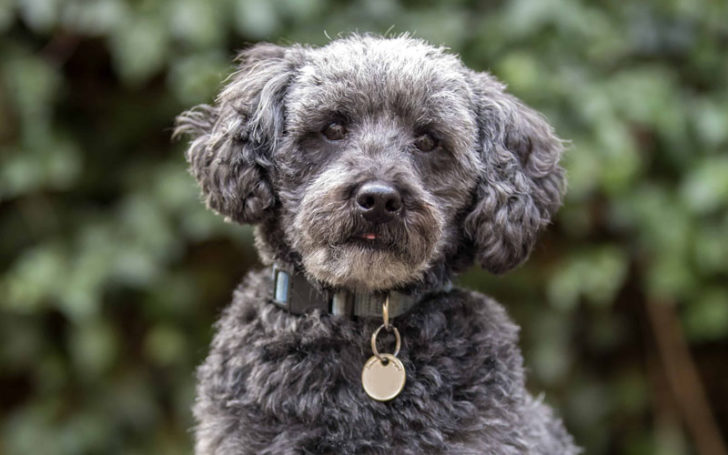
Like other things, a Schnoodle’s coat also depends on the type of its parents. It can range from being wiry like a schnauzer or softly curly like a poodle, or just a mix of both.
But one thing is certain,
The fur will be similar to hair in any case, with low shedding and low dandruff characteristics.
Feather colors are white, apricot, black, grey, silver, brown etc. varies between Interestingly, the Scnoodle changes the color of their fur throughout their lives.
iii. Height and Weight of Schnoodle
Again, a Schnoodle’s height and weight depend on the parents. The rule of thumb is the older the parent, the higher the chance of a bigger Schnoodle.
The chart below can help us understand the weights and heights of different Schnoodle dog breeds depending on who their parents are.
| Schnoodle Type | Parents | Height | Weight |
| Toy Scnoodle | Toy Poodle + Miniature Schnauzer | 10-12 inches | 6-10 pounds |
| Miniature Schnoodle | Miniature Poodle + Miniature Schnauzer | 12-15 inches | 13-20 pounds |
| Standard Schnoodle | Standard Poodle + Standard Schnauzer | 15-26 inches | 20-75 pounds |
| Giant Scnoodle | Standard Poodle + Giant Schnauzer | 27-33 inches | 100-120 pounds |
Take a look at the Schnoodle pictures of the above breeds below.
Toy Schnoodle
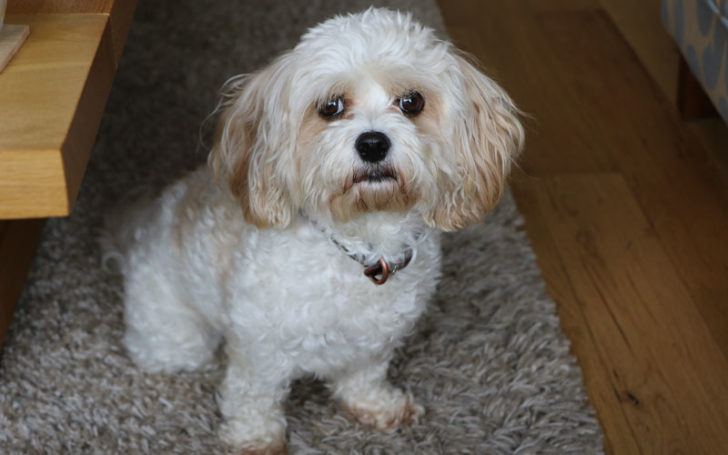
Miniature Schnoodle
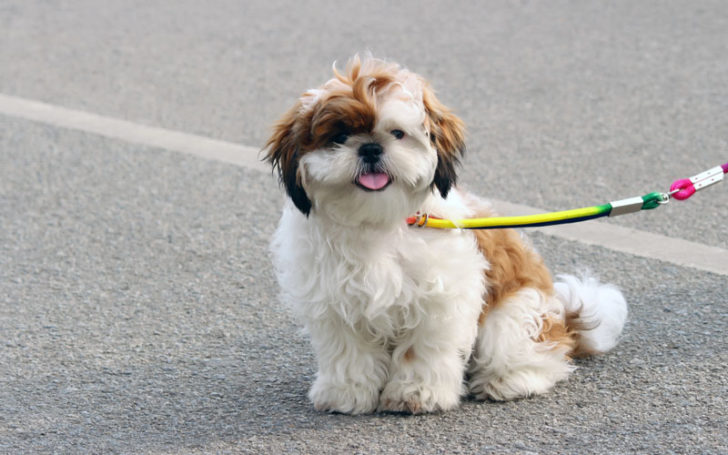
Standard Schnoodle
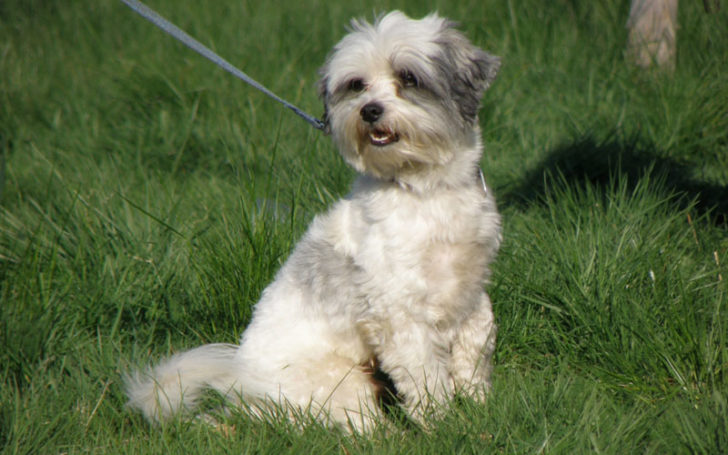
3. The behavior of the Schnoodle
Scnoodles are extremely loyal, laid back, intelligent and playful dogs that make them closer to Bernese golden mountain dogs.
He enjoys having fun with his friends and is a good protector of his family.
Do you know?
The Moore Police Department commissioned a Schnoodle as a therapy dog to serve the Moore community internally in October 2020.
Let’s look at their behavior from different sides:
i. Is Schnoodle a Lapdog or Active in Playing?
Intelligence and playful nature rarely coexist in humans, but the Schnoodle does.
Scnoodle loves to play like crazy. Even after a long walk, they will not be satisfied if you do not play with them.
He likes to ‘ass stretch’ (running in a circle with his back down).
ii. How’s the temperament of Schnoodle?
Is the Schnoodle a good family dog?
Yes, the Scnoodle is known for their intelligence and cheerfulness, better known as “always happy” dogs. They love to play and hang out with their families.
An excellent guard dog, an estate he inherited from his parent, the schnauzer. On the other hand, it is affectionate, intelligent and agile thanks to its parent poodle.
If we talk about their loving nature, we can clearly say that they got high marks in this section. If you train them well from a young age, they will become your best friends.
Expression of their love will be in the form of hugs, face licking and much more. In other words, they are not aggressive at all.
Occasionally, you may notice your Schnoodle trembling, which is a sign of nervousness or stress. The reason may be a new home, dealing with new people, or any other unfamiliar situation.
Want to see what this dog is and how it behaves? If your answer is yes, check out the video below and you won’t stop praising this dog.
Fun fact
There is also a similar name called Snickerdoodle, but surprisingly not for the dog. Instead, it’s a cookie made with cream of tartar with other ingredients.
4. Common Problems with Schnoodle and Their Solutions
i. Too much barking
People often complain that their Schnoodles bark too much at passers-by, whether animal or human, and it just doesn’t work to block their view, distract them, even scolding them.
Solution
- The first and foremost thing to do is to train and train well. No other method can work as well and be long term, that’s for sure. In other words, play with him a lot and train him to have fun with you so that you are more interesting to him than strangers.
- Avoid putting him in a situation where he can go crazy.
- Stop feeling frustrated and emotional towards them; otherwise, that would make him even more aggressive.
ii. Excessive Licking
Excessive licking can be for behavioral or medical reasons.
If it’s behavioral, it’s because they like the salty taste of their skin and do it out of habit and boredom.
On the other hand, medical causes can be infections, allergies, underlying pain or gastrointestinal issue.
Solution
For behavioral reasons, the solution is to avoid punishing your dog and include him in alternative activities or reward him when he stops doing it.
For medical reasons it is better to consult your veterinarian.
iii. Schnoodle Peeing in the house
Some Schnoodles even pee on carpets and other places in the house. (Always use the absorbent dog pad to keep your house clean)
Solution
If this happens occasionally, it could be an indication of a lack of education. Or if the problem persists you should consult a veterinarian.
5. Caring Your Schnoodle
Let’s take an overview of best practices for taking care of your Scnoodle.
i. When should you start training your Schnoodle?
According to experts’ advice, don’t wait for your Scnoodle to age and then start training. Instead, start at six months old.
Take him for daily walks, walks; fetch and run, jump, chase, etc. Let him do all the other activities that require it.
If you don’t socialize these dogs with neighboring dogs, children and adults, you can make him a little aggressive, whether it’s chewing clothes, shoes or whatever gets in his way.
A motivational thing to encourage you to spend time with your Schnoodle might be to buy your best friend’s necklace.
What could be better than this necklace?
ii. Exercise
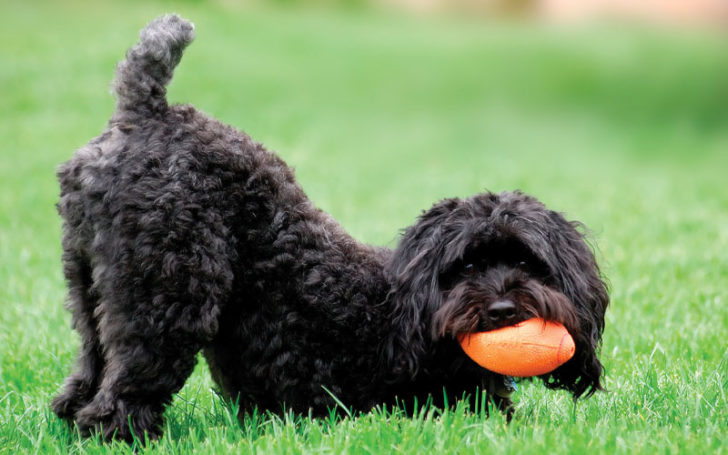
When it comes to exercise, the Scnoodle takes the lead. Perfect for your morning walk, daily run, ball pulling, tug-of-war etc. Take him out and you’ll find that he enjoys all this as if it were his first time.
The Schnoodle requires about 30-60 minutes of exercise a day, as both parents tend to be active and playful.
Less exercise means annoying behaviors that later witness your household items being chewed beyond repair.
iii. Grooming Tips (Including Hairstyling)
Now you have your cute little Scnoodle and you want to know how to groom him to make him more beautiful and clean than ever before.
Whether you have a toy Schnoodle or a Giant Schnoodle, one trait is the same for all of them; they need care. So, let’s take an overview of areas to groom and how to do it.
- Brushing the coat
Bathing of course helps remove the coat, but a Scnoodle coat needs more for grooming in addition to removing loose hair.
A pair of pet grooming mitts will do the trick – not only will it pick up any hair that is about to fall out, but it will also give it a soothing massage. Alternatively, use a pet broom to remove excess dust and dirt from the fur.
- Bathing
The Schnoodle also needs regular bathing at least once or twice a month. Washing and rubbing his coat at the same time would be great as it will thoroughly cleanse the skin. Here, a pet hose washer can be extremely helpful.
- Brushing his teeth
How often do you clean your teeth?
Once or twice a day?
Doesn’t your lovely dog deserve half that amount?
To keep good dental health, you should brush your Schnoodle teeth 3-4 times a week. If you can do it more often, that’s a better thing.
- Trimming or Hairstyling
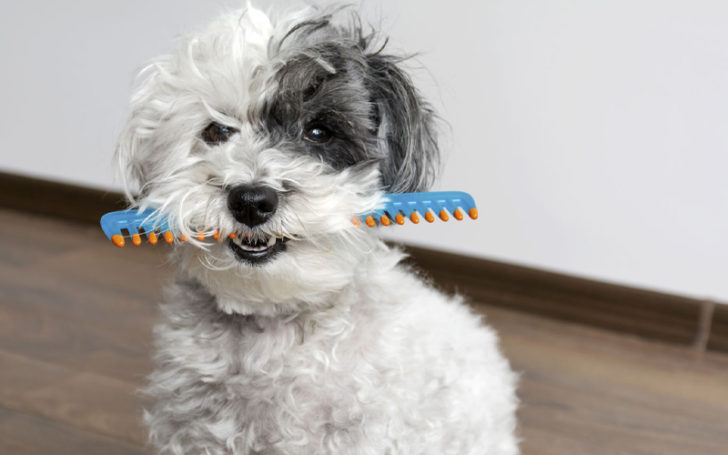
Trim off any excess hair that obstructs his view, and don’t forget to wash his face daily to remove any rip marks, especially when the coat is light.
The video below can better explain how to trim facial Schnoodle hair.
- Nail-cutting
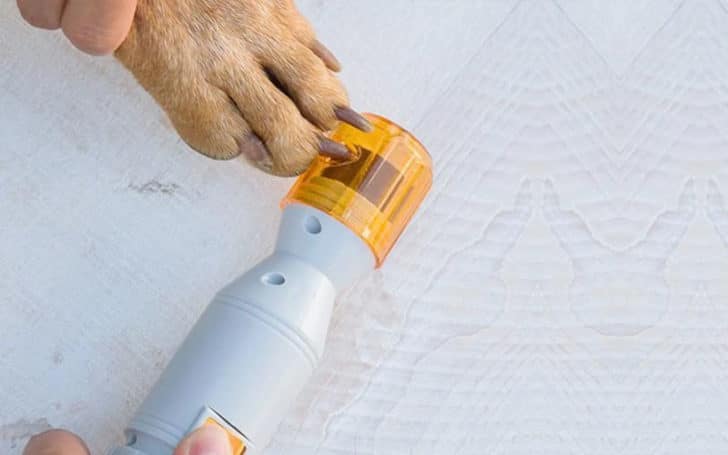
It’s fine to trim your dog’s nails once a month or whenever you hear them rubbing against the floor.
6. Health problems
Just like the Cavoodle, the Schnoodle is less prone to illness than other dogs – another reason why people choose the Schnoodle as their pet.
However, there are some diseases that the Schnoodle can sometimes contract over time.
i. Patellar Luxation
Patella is the scientific name for the kneecap. Therefore, Patellar Luxation (dislocation) is a condition in which the kneecap protrudes out of the femoral groove while the knee is flexed in the Schnoodle.
Depending on whether the kneecap dislocation is internal or external, it may be lateral or medial.
Treatment
Not all patellar luxations require surgery. Appropriate assessment is required before a decision can be made.
ii. Skin Problems
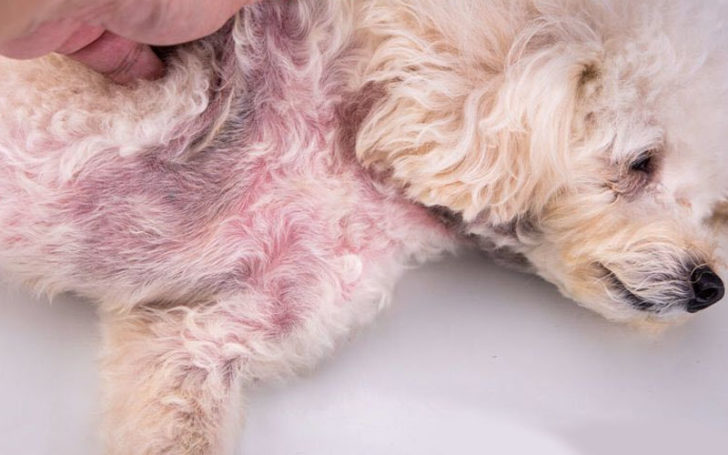
The Schnoodle often inherits skin problems from any of its parents; schnauzer or poodle.
Most Schnoodles have flaking, acne, folliculitis, dermatitis, dry seborrhea, bacterial infections.
They may have dry, sensitive, itchy skin, especially in response to low-quality care products.
Are Schnoodles hypoallergenic?
Yes, like other poodle breeds, they are labeled for being hypoallergenic. However, if you’re very sensitive, it’s recommended that you remove shed pet hair immediately with a cleanser.
Treatment
It is recommended to use quality accessories for dogs.
Feed your dog a sensitive skin formula diet. It is a diet rich in omega-3 and omega-6 fatty acids that moisturize the skin.
If allergies are causing sensitive skin, provide a hypoallergenic diet such as duck, lamb, venison or salmon rather than chicken or beef.
iii. Hip Dysplasia
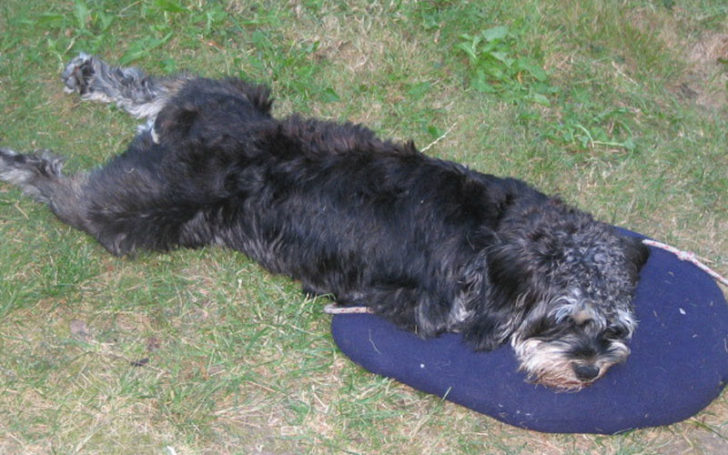
Hip dysplasia is one of the most common diseases in dogs. It happens due to poor breeding practices. Not all Schnoodles will develop this disease, but they do have a higher risk of catching it.
Treatment
A few of the non-surgical treatments are losing weight, wearing a hip support brace, and medications.
And of course, if the above doesn’t work, your little Schnoodle will need surgery like Femoral Head Osteotomy (FHO) or others.
iv. Legg-Calve-Perthes
Also known as aseptic necrosis of the femoral head, it is a disease in which the femoral head begins to degenerate, resulting in arthritis over time.
This is due to impaired blood flow to the femur.
Symptoms of leg-calve-perthes include limping, which gradually develops into a stage where the dog can no longer put his weight on the affected leg.
Treatment
Schnoodle needs surgery because no other solution is viable.
v. Progressive Retinal Atrophy (PRA)
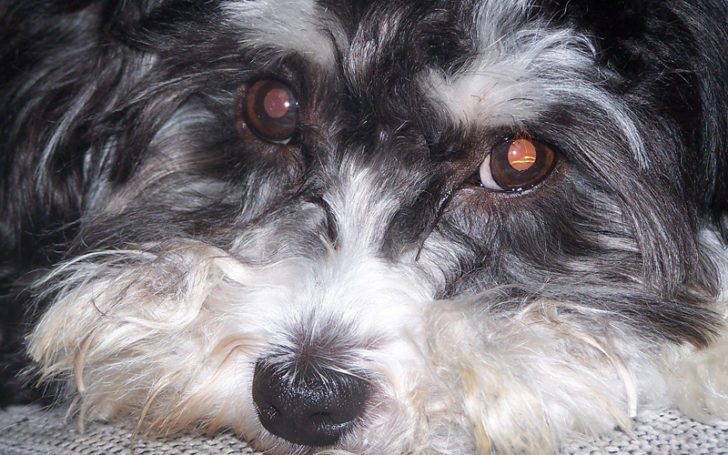
It is a group of genetic diseases observed in certain breeds of dogs, similar to pigmentosis in humans.
In this disease, the dog’s retina tends to regenerate, causing vision loss.
Treatment
Unfortunately, it is an inherited disease with no cure.
7. A brief about the Cute Schnoodle Puppies (Buying Tips)
Schnoodle puppies sell for an average of $1,500 to $2400, depending on age, in the U.S. The range starts for a dog as old as eight weeks old as much as a one week old puppy.
Before purchasing any puppy, make sure it has been vaccinated and well dried.
Both the puppy’s father and mother must comply with the Affordable Care Act (ACA), American Kennel Club (AKC), etc. Make sure it is registered with relevant authorities and associations such as
Ask if the seller will register your puppy with AKC Canine Partners.
Take a look at one of the Schnoodle dogs in the video below and you will be amazed by its beauty.
Conclusion
There is no reason not to have Schnoodles in your home. Beauty, affection, friendship, excessive barking are some of the distinguishing features that weaken their negative traits.
Grooming and grooming is easier than any other dog. All it takes is early training and extreme exercise.
Do you have schnoodle? Does it behave as described above? Share your experience with Schnoodle, including some interesting facts in the comments section below.
Also, don’t forget to pin/bookmark and visit our blog for more interesting but original information.

